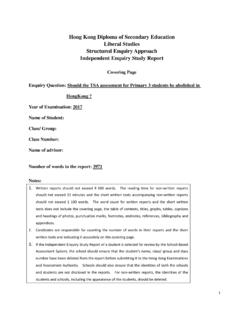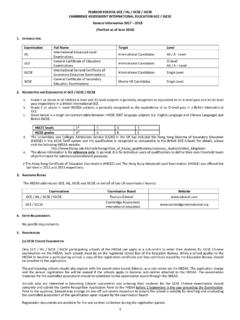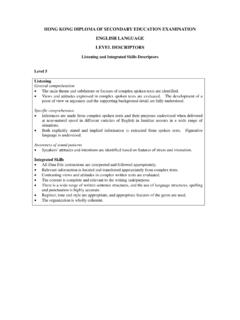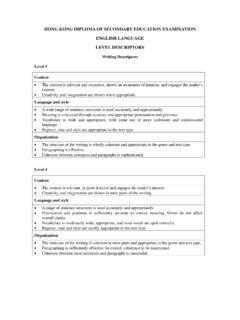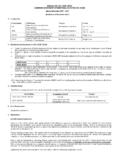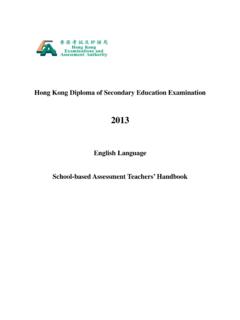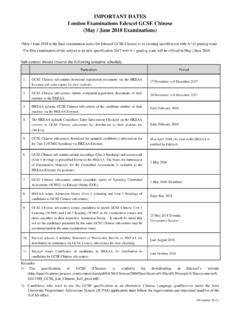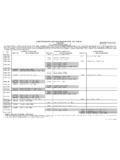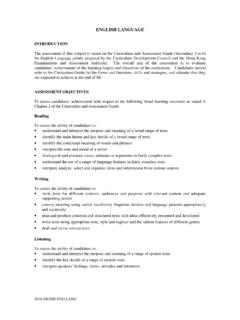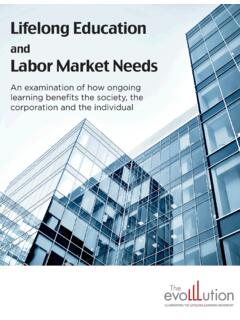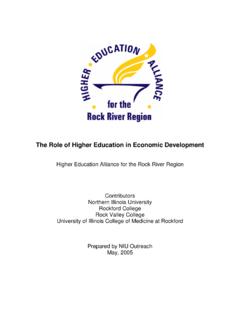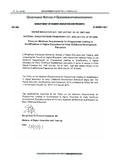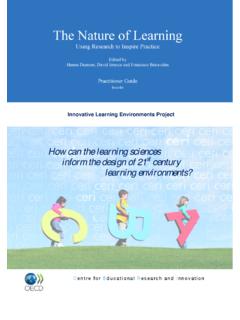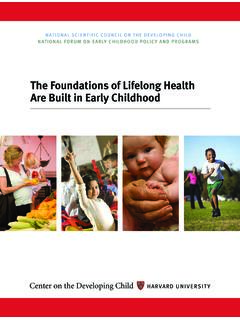Transcription of English Language Education Key Learning Area - HKEAA
1 (Final Version) English Language Education Key Learning area English Language Curriculum and Assessment Guide (Secondary 4 - 6) Jointly prepared by the Curriculum Development Council and the Hong Kong Examinations and Assessment Authority Recommended for use in schools by the Education and Manpower Bureau HKSARG 2007 Contents Page Preamble i Acronym iii Chapter 1 Introduction 1 Background 1 Rationale 2 Curriculum Aims 2 Interface with the Junior Secondary Curriculum and 3 Post-secondary Pathways Cross-curricular Links 4 Chapter 2 Curriculum Framework 5 Design
2 Principles 5 The English Language Education Key Learning area 6 Curriculum Framework Strands 8 Generic Skills 8 Values and Attitudes 8 Structure and Organisation of the Senior Secondary English 9 Language Curriculum Aims 9 Design 9 Learning Targets 10 Learning Objectives 13 Compulsory Part 28 Elective Part 29 Broad Learning Outcomes 48 Chapter 3 Curriculum Planning 51 Guiding Principles 51 Central Curriculum and School-based Curriculum 52 Development Components of the Senior Secondary English Language 52 Curriculum Curriculum Planning Strategies 55 Developing Modules of Learning 55 Integrating Classroom Learning and Independent 56 Learning
3 Maximising Learning Opportunities 57 Catering for Learner Diversity 57 Cross-curricular Planning 57 Building a Learning Community 58 Flexible Class Organisation 58 Flexible Use of Learning Time 58 Collaboration within the English Language Education KLA 59 and Cross KLA Links Collaboration within the English Language 59 Education KLA Collaboration with Other KLAs 59 Supporting Students of Applied Learning 61 Progression 61 Managing the Curriculum 63 Chapter 4 Learning and Teaching 67 Knowledge and Learning 67 Guiding Principles 68 Approaches and Strategies 69 Task-based Learning and Teaching 73 Integrated Skills 77 The Teaching of Language Arts 87 Promoting Independent Language Learning 93 Information Technology for Interactive Learning 97 Life-wide Learning 98
4 Assessment for Learning 98 Quality Interaction 99 A Learning Community 100 Catering for Learner Diversity 101 Meaningful Assignments 104 Chapter 5 Assessment 109 The Roles of Assessment 109 Formative and Summative Assessment 110 Assessment Objectives 111 Internal Assessment 111 Guiding Principles 111 Internal Assessment Practices 113 Public Assessment 115 Guiding Principles 115 Assessment Design 116 Public Examinations 117 School-based Assessment (SBA)
5 118 Standards and Reporting of Results 120 Chapter 6 Effective Use of Learning and Teaching Resources 123 Purpose and Function of Learning and Teaching Resources 123 Guiding Principles 123 Types of Resources 123 Textbooks 123 Other Resource Materials 124 The Internet and Other Technologies 124 Community Resources 125 Flexible Use of Learning and Teaching Resources 126 Resource Management 126 Appendices 129 1 Developing Generic Skills and Positive Values and Attitudes 129 in English Language Education 2 Helping Learners to Develop Vocabulary-building Strategies 147 3 Text-types for Key Stages 1 3 151 4 Community Resources to Support Life-wide Learning 152 Glossary 159 References 163 Membership of the CDC- HKEAA Committee on English Language (Senior Secondary) (Blank page) Preamble The Education and Manpower Bureau (EMB)
6 Stated in its report 1 in 2005 that the implementation of a three-year senior secondary academic structure would commence at Secondary 4 in September 2009. The senior secondary academic structure is supported by a flexible, coherent and diversified senior secondary curriculum aimed at catering for students' varied interests, needs and abilities. This Curriculum and Assessment (C&A) Guide is one of the series of documents prepared for the senior secondary curriculum. It is based on the goals of senior secondary Education and on other official documents related to the curriculum and assessment reform since 2000, including the Basic Education Curriculum Guide (2002) and the Senior Secondary Curriculum Guide (2007).
7 To gain a full understanding of the connection between Education at the senior secondary level and the basic Education level, and how effective Learning , teaching and assessment can be achieved, it is strongly recommended that reference should be made to all related documents. This C&A Guide is designed to provide the rationale and aims of the subject curriculum, followed by chapters on the curriculum framework, curriculum planning, pedagogy, assessment and use of Learning and teaching resources.
8 One key concept underlying the senior secondary curriculum is that curriculum, pedagogy and assessment should be well aligned. While Learning and teaching strategies form an integral part of the curriculum and are conducive to promoting Learning to learn and whole-person development, assessment should also be recognised not only as a means to gauge performance but also to improve Learning . To understand the interplay between these three key components, all chapters in the C&A Guide should be read in a holistic manner.
9 The C&A Guide is jointly prepared by the Curriculum Development Council (CDC) and the Hong Kong Examinations and Assessment Authority ( HKEAA ). The CDC is an advisory body that gives recommendations to the HKSAR Government on all matters relating to curriculum development for the school system from kindergarten to senior secondary level. Its membership includes heads of schools, practising teachers, parents, employers, academics from tertiary institutions, professionals from related fields/bodies, representatives from the HKEAA and the Vocational Training Council (VTC), as well as officers from the EMB.
10 The HKEAA is an independent statutory body responsible for the conduct of public assessment, including the assessment for the Hong Kong Diploma of Secondary Education (HKDSE). Its governing council includes members drawn from the school sector, tertiary institutions and 1 The report is The New Academic Structure for Senior Secondary Education and Higher Education Action Plan for Investing in the Future of Hong Kong. i government bodies, as well as professionals and members of the business community.
